Veterinary Vaporizers
See a Side-by-Side Comparison of all veterinary anesthesia vaporizers.
Veterinary vaporizers are a crucial component of an anesthetic machine. It is crucial to ensure the correct amount of anesthetic agent are being delivered. An improperly functioning vaporizer could lead to an inappropriate level of anesthesia (ex. animals are given too little or too much) and can also cause the “loss” of a patient.
Frequency of Service
Your veterinary anesthesia machine should be maintained every year. Your machine should be inspected every year to ensure that it is not leaking. This can lead to a decrease in the anesthetic gases and may pollute your environment. “Just because you don’t have any problems keeping your animals safe doesn’t mean your staff isn’t breathing the gasses every day.” The technician should carry an anesthetic agent monitor at all times and provide readings from the vaporizer. These readings should only be used to determine the output of the vaporizer at the time of inspection. They are not intended as a calibration.
The majority of vaporizers available on the market are “in spec” if their output is within +-5% of the dial setting. If your output exceeds this, your technician may recommend that you send your vaporizer to be calibrated or exchange it for one with a higher output.
Isoflurane & Sevoflurane
These agents don’t contain Thymol so they don’t leave deposits in your vaporizer. They also require less frequent recalibrations. However, it is important to check the output every year when checking your anesthesia machine. It is expected that your anesthesia machine has a daily leak check.
-
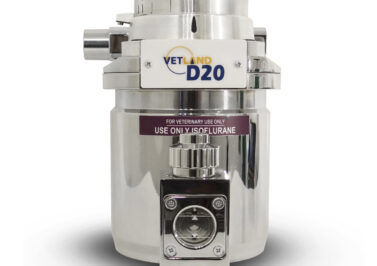
Vetland D20 Vaporizer
Vetland D20 Vaporizer – With 5-Year Warranty Calibrated for Life! The Vetland D20 Vaporizer is the newest vaporizer on the…
VIEW PRODUCT -
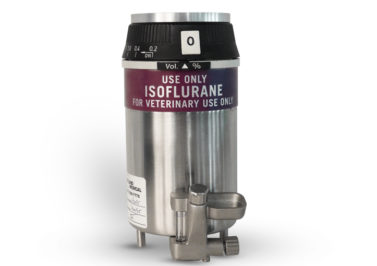
Vetland D19 Vaporizer
Vetland D19 Vaporizer – With 10-Year Warranty Watch this video on YouTube The Vetland D19 vaporizer has set a precedent…
VIEW PRODUCT -
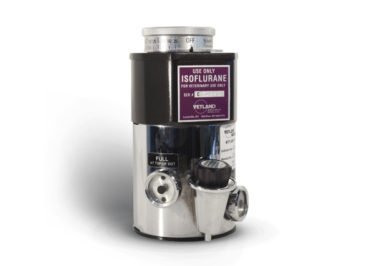
Ohio Vaporizer
Ohio Remarketed Vaporizer – Limited Stock – While Supplies Last – Best Effort to Supply Watch this video on YouTube…
VIEW PRODUCT -
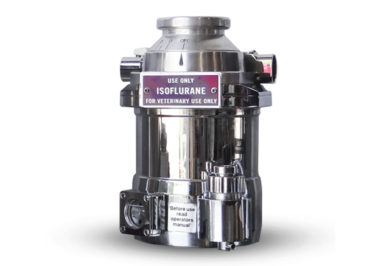
Tek 3 Vaporizer
Tek 3 Vaporizer – With 3-year warranty Watch this video on YouTube The Tek 3 vaporizer was the most popular…
VIEW PRODUCT -
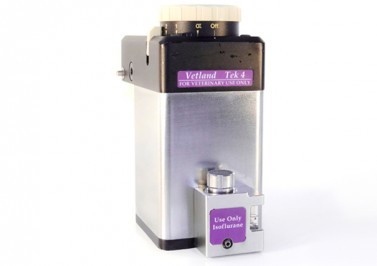
Tek 4 Vaporizer
Tek 4 Vaporizer – With 3-year warranty Watch this video on YouTube The Tek 4 vaporizer was the most popular…
VIEW PRODUCT -
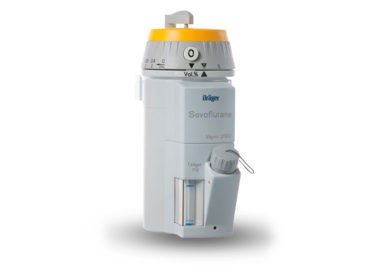
Drager 2000 Vaporizer
Drager 2000 Vaporizer – With 3-year warranty The Drager 2000 vaporizer was first introduced in the late 1990s. It is…
VIEW PRODUCT




